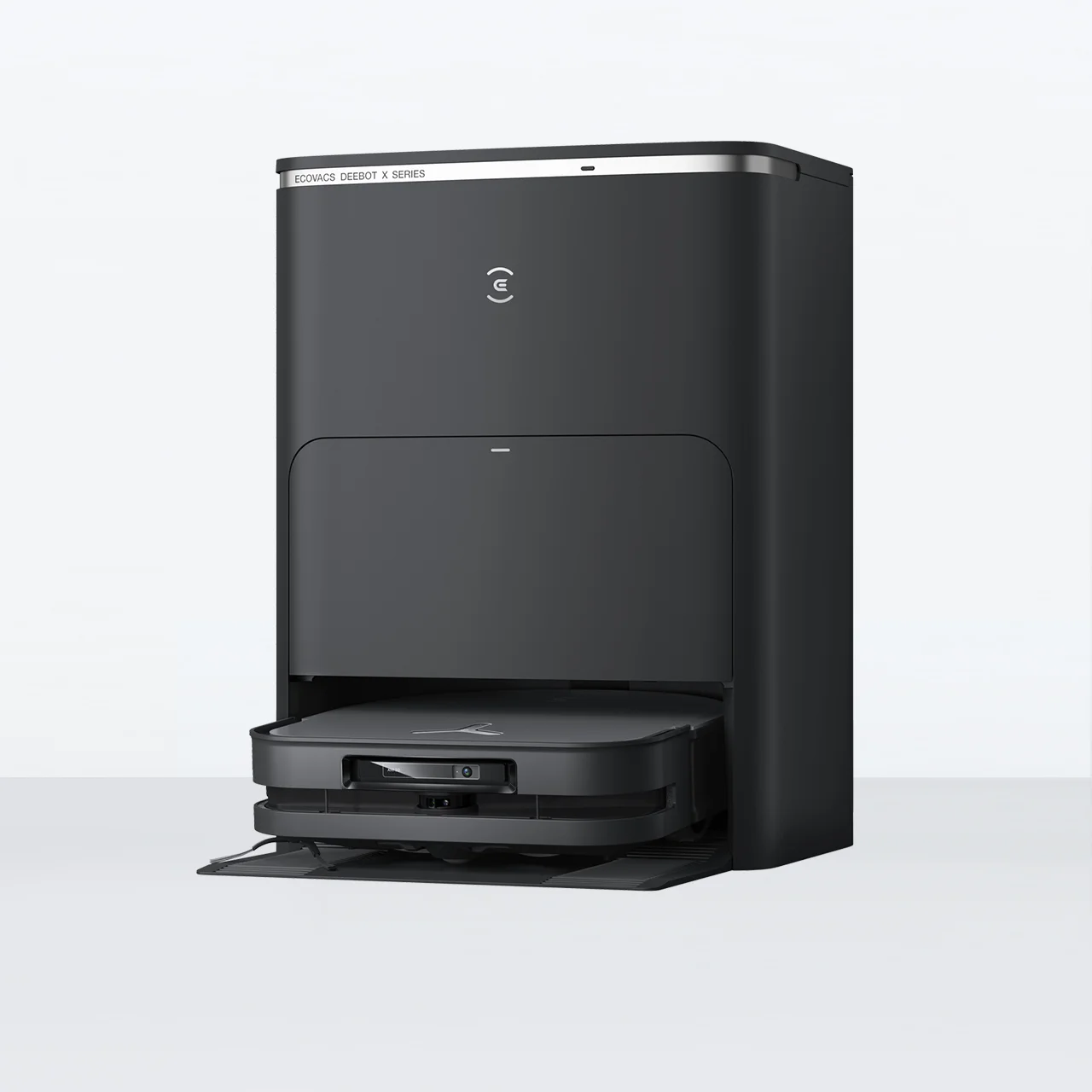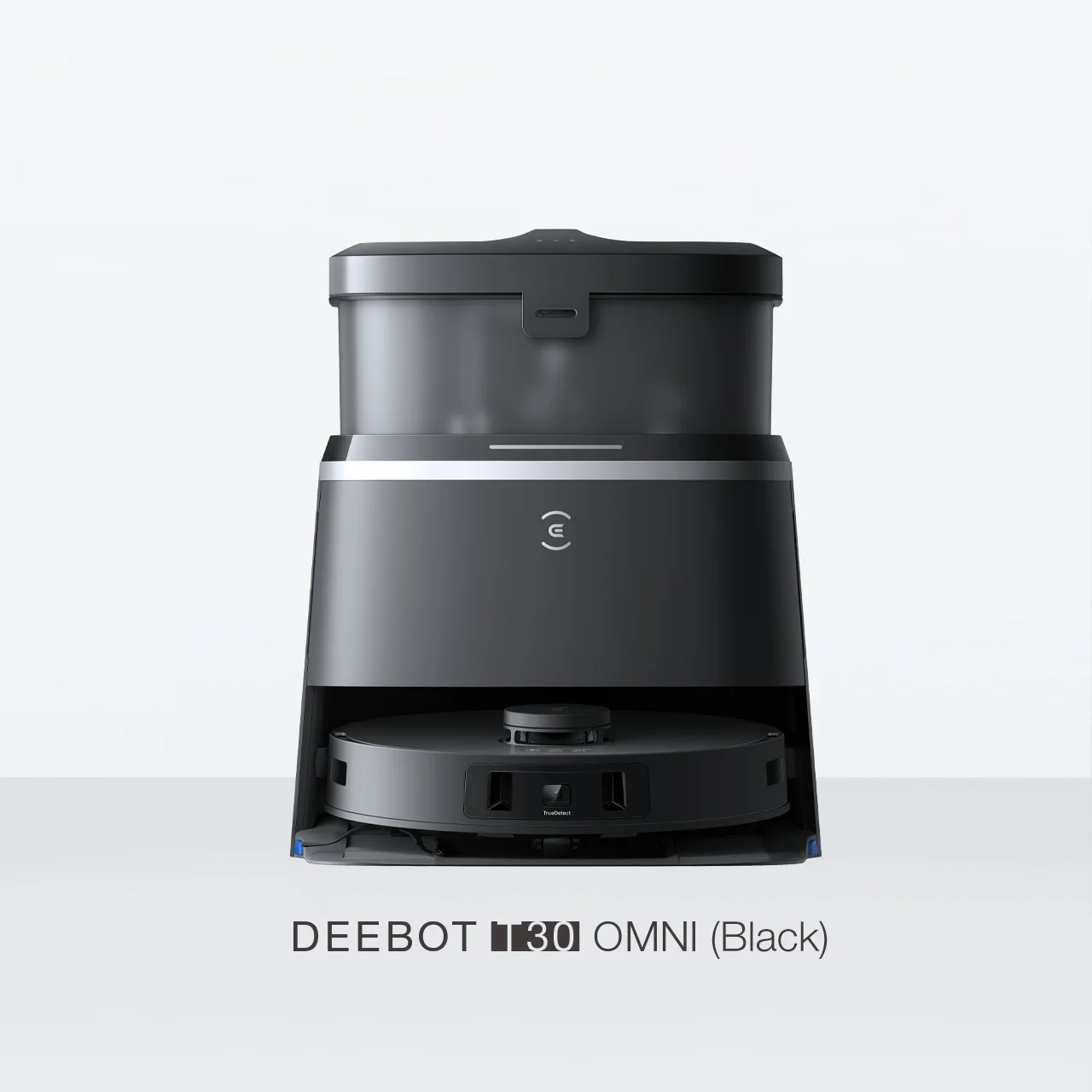
Most people vacuum their homes at least once a week; yet many overlook the importance of cleaning the vacuum itself, particularly the filters. Over time, filters become clogged with dust, debris and pet hair, reducing the machine’s suction power and recirculating these particles into the air you breathe. This is especially harmful for those with respiratory issues like asthma or allergies; In fact, about 8 million people in UK had been diagnosed with asthma, 1.2 million with COPD and over 0.4 million with other forms of lung disease., so it's more critical than ever to maintain good air quality at home. Whether your vacuum has washable, non-washable or HEPA filters, make sure to clean them regularly to keep your device running efficiently.
Can You Wash a Vacuum Filter?
Washable filters can be cleaned and reused, making them an eco-friendly and cost-effective choice. Rinse these foam or felt filters under lukewarm water and allow them to air dry completely before reinstalling. For optimal performance, washable filters should be cleaned every 1 to 3 months, depending on the frequency of use.
Non-washable filters, on the other hand, are made of disposable materials like paper or synthetic fibres and cannot be washed, or else it may damage their structure and compromise their effectiveness. These filters need to be replaced every 3 to 6 months to maintain your vacuum’s suction and filtration capabilities.
Another common type of filter is the HEPA (High-Efficiency Particulate Air) filter, widely known for its ability to trap fine particles. While most HEPA filters are non-washable and must be replaced as directed, some are washable. Always follow the manufacturer’s instructions for proper rinsing and drying tips.
Why Cleaning Your Vacuum Filter
Cleaning your vacuum filter is essential in maintaining its performance and the air quality. A clogged filter reduces suction power, forcing the vacuum to work harder to pull in air; this strain can damage the motor and eventually lead it to overheat and stop working, shortening the lifespan of your vacuum. It also recirculates dust, allergens and debris into the air, which is especially harmful for those with allergies. As part of your vacuum’s regular maintenance routine, clean washable filters every 1–3 months or replace non-washable ones as recommended by the manufacturer.
How to Clean Vacuum Filters

Before cleaning your vacuum filter, identify its type and handle it carefully to avoid damage. Some filters, like HEPA filters, are more fragile and require extra care. Always check the manufacturer’s instructions for guidance.
Here is how to clean washable vacuum filters:
- Turn off and unplug the vacuum
- Remove the filter carefully from its compartment
- Rinse the filter gently under lukewarm water
- Remove built-up dirt and debris
- Air dry completely and reinstall
For non-washable filters, use a soft brush or cloth to clean them gently instead of using water.
What Are the Different Types of Vacuum Filters?

Most vacuum cleaners have various types of filters such as HEPA, foam, paper or charcoal filters that help keep our living spaces clean and dust-free.
1. HEPA Filters
HEPA filters are often considered the gold standard in vacuum cleaner filtration because they are designed to capture at least 99.97% of airborne particles including dust, pollen and microscopic allergens as small as 0.3 microns. This greatly improves your air quality and is beneficial for people with allergies, respiratory issues or asthma.
2. Foam Filters
Commonly found in most vacuum cleaners, foam filters are made of a highly porous and spongy material that helps trap large particles such as pet hair and debris before they reach the main filtration system. They can be washed and reused multiple times which means they are a cost-effective and environmentally friendly option.
3. Paper Filters
These disposable filters are typically made from high-quality paper materials that can effectively capture a wide range of particles including dust, dirt and pet dander. They are generally less expensive than other filter types and are disposable so you can easily replace them when they become dirty or clogged. They are often used in combination with other types of filters to create a more effective filtration system.
4. Charcoal Filters
Charcoal filters are made from activated charcoal and absorb and neutralise odours in the vacuum cleaner’s exhaust system. Whether you have pets at home or struggle with lingering cooking smells, charcoal filtration can dramatically improve the freshness of the air expelled from your vacuum.
How to Clean a Vacuum HEPA Filter?
HEPA filters are designed to trap small particles like dust and allergens. Clean them every 3 to 6 months or more often with heavy usage.
To clean the HEPA filter in your vacuum:
- Unplug the vacuum and remove the filter
- Use a brush or compressed air to clean
- Wash only if marked washable
- Allow to air dry completely
- Reinsert the filter or replace if damaged
How to Clean Foam Filters?
Foam filters collect dirt and debris, and regular cleaning prevents clogging and reduces suction loss. Clean foam filters every 1 to 3 months.
To clean the foam filter on your vacuum:
- Unplug the vacuum and locate the filter
- Remove the filter carefully
- Rinse under running water with mild soap
- Air dry fully before reinstalling
- Reinsert the filter carefully into place

How to Clean Paper Filters?
Paper filters are an inexpensive way to trap allergens but they can’t be washed. Clean them once a month and replace every them 3 to 6 months based on use.
To clean paper filters on your vacuum:
- Unplug the vacuum and remove the filter
- Gently tap to remove loose debris
- Use a soft brush or compressed air to clean
- Avoid water or cleaning agents
- Reinsert or replace the filter if necessary
How to Clean Charcoal Filters?
Charcoal filters help eliminate odours and contaminants. Clean them once a month and replace every them 3 to 6 months based on use.
To clean charcoal filters in your vacuum:
- Unplug the device and remove the filter
- Gently tap to remove loose debris
- Brush off dust or use a vacuum attachment
- Wash with water and mild detergent only if allowed
- Air dry fully and reinstall
FAQ
How do I know if my vacuum filter needs cleaning?
When you see visible dust or debris buildup on the filter, it means it’s time to clean it. The other obvious sign is when you notice a decrease in the suction power of the vacuum. Check the filter regularly and clean it when it appears dirty to maintain the vacuum’s performance and effectiveness.
How long does it take for a vacuum filter to dry?
The drying time for a vacuum filter can vary depending on the thickness and material of the filter. For example, foam filters can take approximately 24 to 48 hours to air dry completely, while thinner washable HEPA filters can take anywhere from 4 to 12 hours before they can be safely reinstalled.
Can I use soap to clean my vacuum cleaner filter?
Whether you can use soap to clean your vacuum cleaner filter depends on the type of filter you have. Foam filters can be washed with a gentle cleaning solution or mild dish soap, however, most washable HEPA filters only need to be rinsed with clean water.
Can you put vacuum filters in the dryer?
No, vacuum filters should not be put in the dryer because the heat can damage their materials. The best way is to air dry the filters completely before installing them back into the device.
Can I clean my vacuum filter with water?
Yes, you can clean washable filters with water. Non-washable filters should be cleaned using a soft brush or compressed air instead. Refer the manual to confirm.
Related Products









